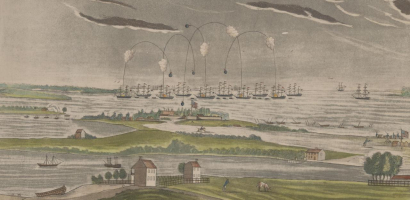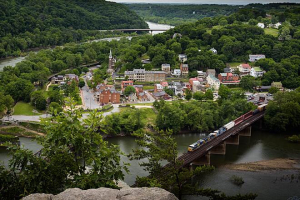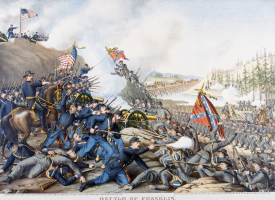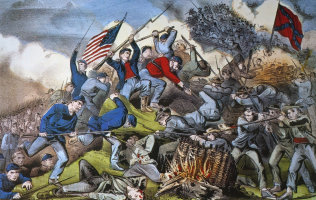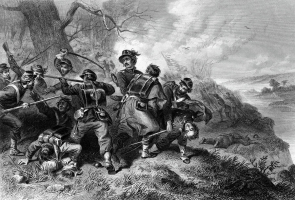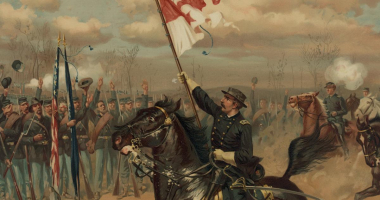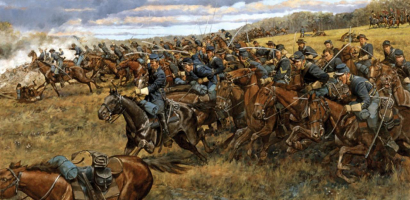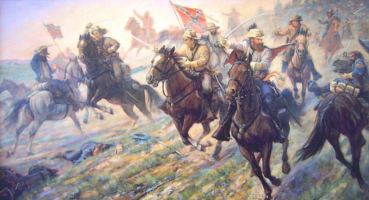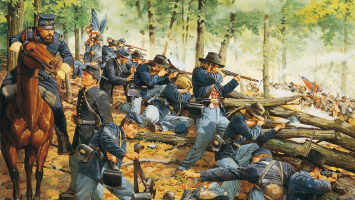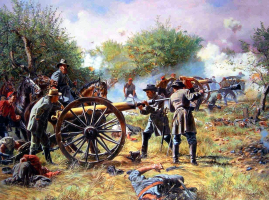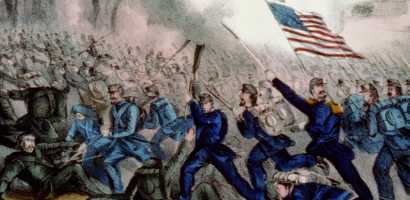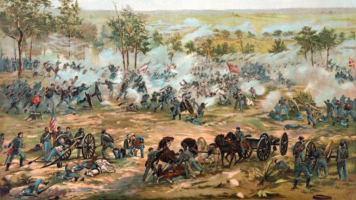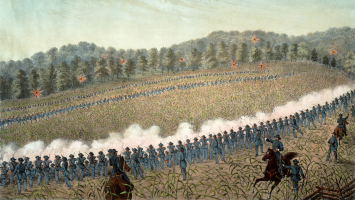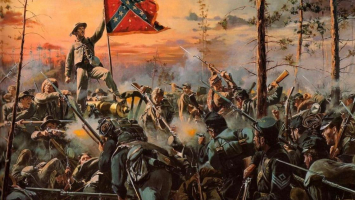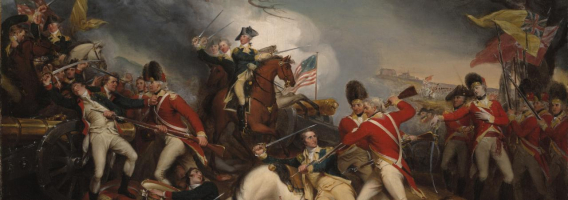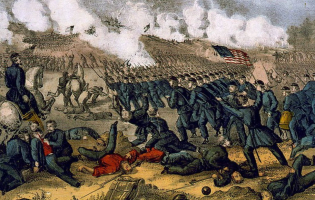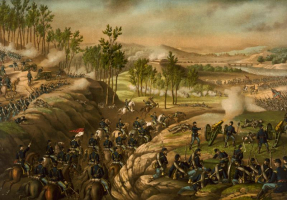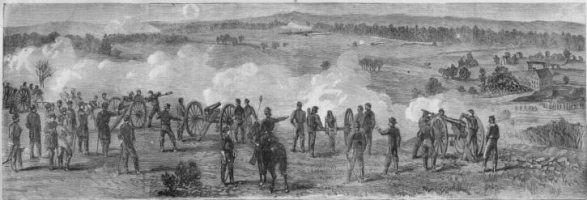Top 12 Facts About The War of 1812
The War of 1812 is one of the most overlooked conflicts in the history of the United States. Here are some of the things you might not know about this ... read more...3-year-long war that transformed a continent.
-
The War of 1812 was fought between the United States and Great Britain backed by their Canadian colonies and Native American allies. Only 29 years after the American War for Independence, Great Britain, and the United States again found themselves embroiled in conflict. However, this war almost didn't happen.
Article I, Section Eight of the U.S. Constitution gives Congress the sole power to declare war, and it was the first time the legislative body had exercised that power. But it was an extremely close vote: Madison's party, the Democratic-Republicans, was divided over the prospect of starting a war with a global superpower like Great Britain. Across the aisle, the rival Federalist party was uniformly against the idea.
Federalists dominated New England, whose seafaring communities depended on trade with the British. So when the Madison-backed war resolution came up for a vote in Congress, not a single Federalist supported it. The measure passed anyway: On June 4, the House of Representatives voted 79 to 49 in favor of going to war. The Senate responded in kind on June 17, with 19 yes votes and 13 nos. No other declared war in U.S. history has ever been approved by such a narrow margin in Congress.
Despite all, the War of 1812 still happened when Madison signed the declaration on June 18, 1812, officially initiating the war. The war spanned two years and eight months, ending in February of 1815
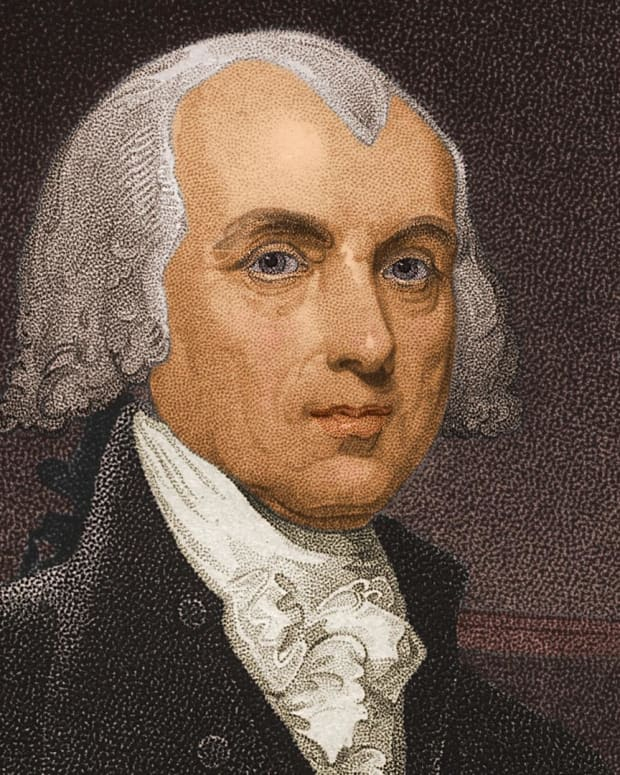
Photo: www.biography.com 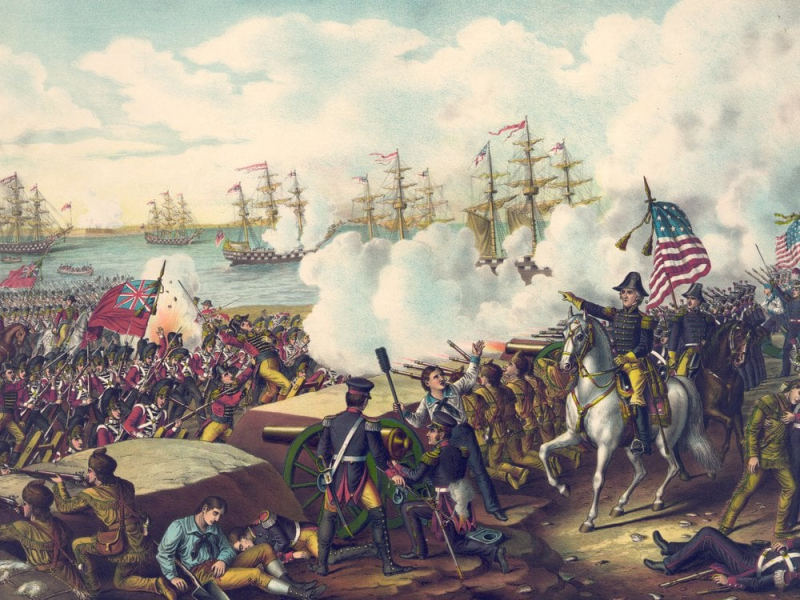
Photo: www.smithsonianmag.com -
People usually get confused over the name of the war. "The war of 1812" makes many people think that the war began and ended in the same year. However, in reality, it lasted 32 months following the U.S. declaration of war on Britain in June 1812. That is actually longer than many other wars such as the Mexican-American War, Spanish-American War, and U.S. involvement in World War I.
Another confusing thing about the War of 1812 is the Battle of New Orleans, the largest of the war and a resounding U.S. victory. The battle occurred in January 1815—two weeks after U.S. and British envoys signed a peace treaty in Ghent, Belgium. News traveled slowly then. Even so, it’s technically incorrect to say that the Battle of New Orleans was fought after the war, which didn’t officially end until February 16, 1815, when the Senate and President James Madison ratified the peace treaty.
For roughly a century, the conflict didn’t merit so much as a capital W in its name and was often called “the war of 1812". The British were even more dismissive. They termed it “the American War of 1812,” to distinguish the conflict from the great Napoleonic War in progress at the same time.
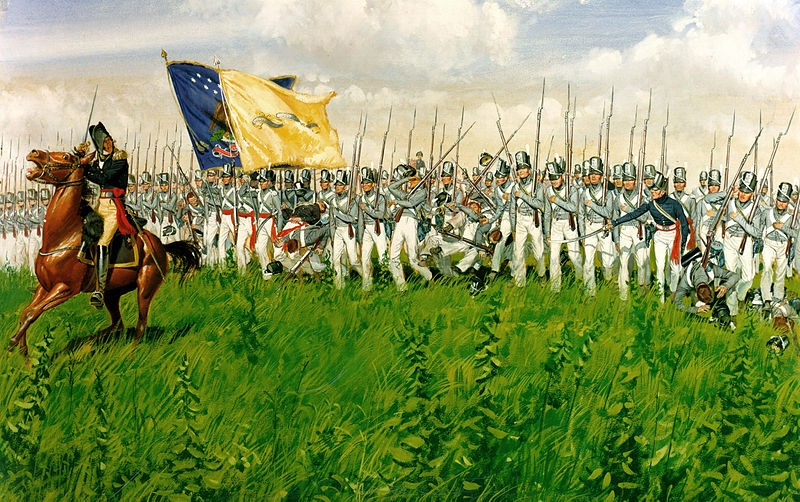
Photo: allthingsliberty.com 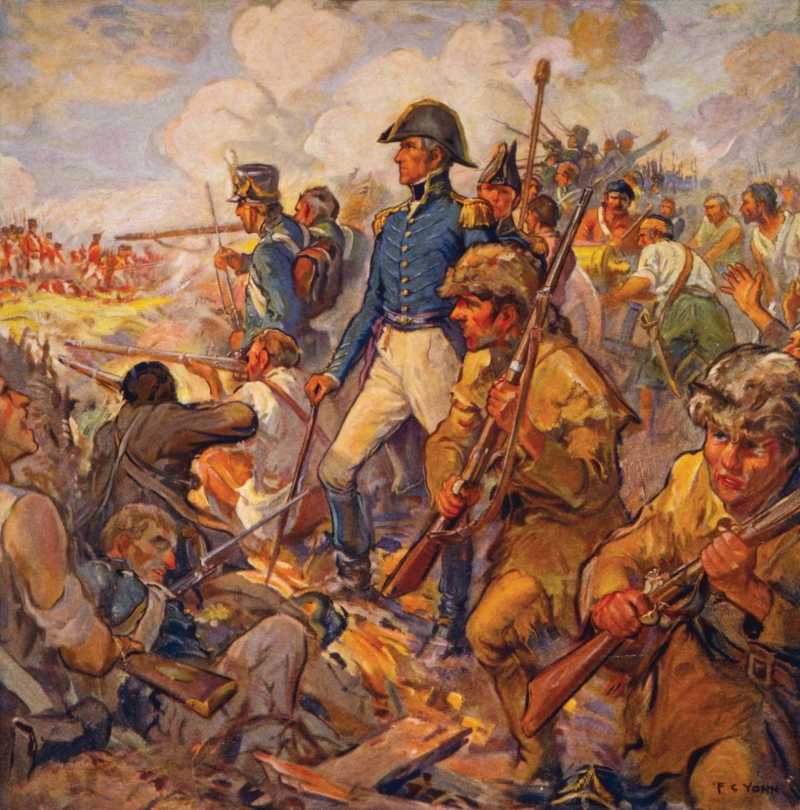
Photo: www.britannica.com -
Although many Americans and Congress had petitioned for war against the British, America was unprepared for conflict. On paper, the U.S. Navy was no match for the gigantic Royal Navy, which had hundreds of active warships. The U.S. Navy had just 16 ships, including the 12-gun USS Viper and the 44-gun USS Constitution. The entirety of the United States military at the time consisted of only around 12,000 men. Despite Congress authorizing the expansion of the military, harsh disciplinary conditions and low pay created a lack of growth within the United States military.
The British were similarly underprepared. The British were already embroiled in a war with Napoleon, with many soldiers fighting in Spain and Portugal. As a result of the war with France, the vast majority of their navy was held up in the blockade of France. While Britain had 6,034 troops stationed in Canada, the British could not spare many more from their war with France.
Despite being on the weaker end, the U.S. Navy had some morale-boosting victories early in the War of 1812. On August 19, 1812, the USS Constitution met and defeated the HMS Guerriere 400 miles east of Nova Scotia. Very little damage was done to the American vessel, which earned the nickname "Old Ironsides." That December, the ship scored another win, this time over the HMS Java frigate. But Old Ironsides didn't steal all the glory in battle: The USS United States beat the HMS Macedonian on October 25, 1812.
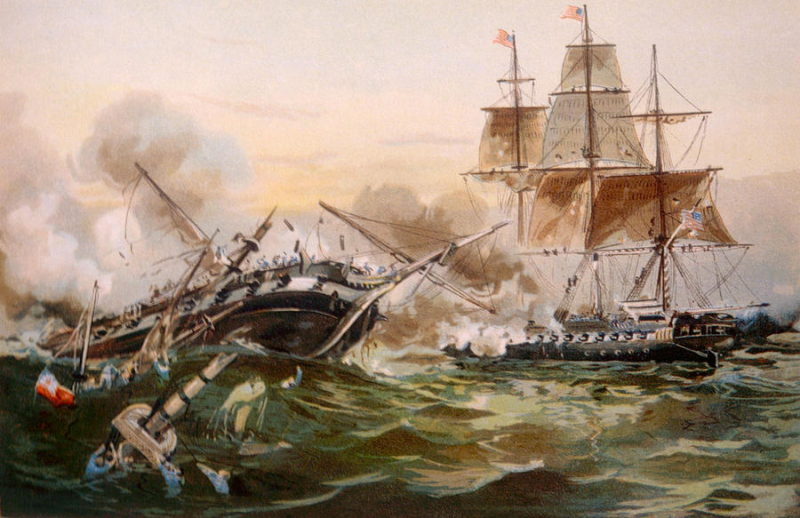
Photo: fineartamerica.com 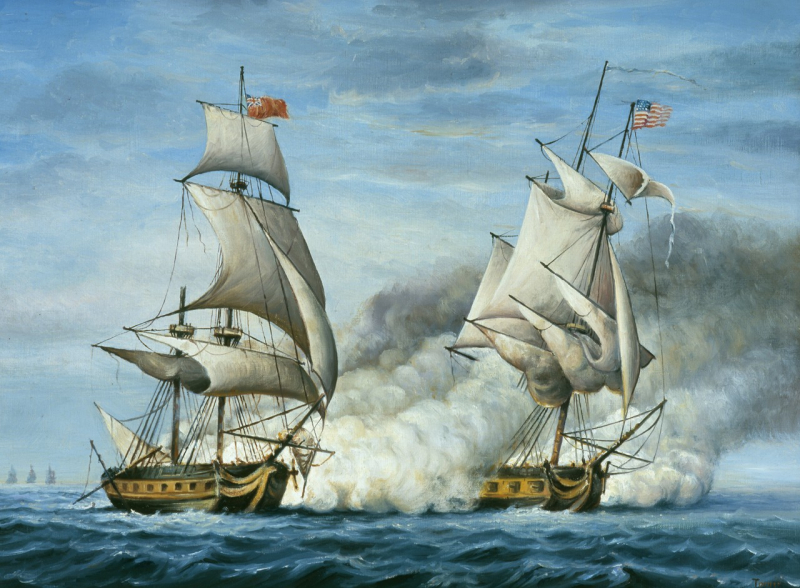
Photo: www.history.navy.mil -
The War of 1812 was the result of increasing tensions and global political conflicts between the United State and the United Kingdom. In the first ten years of the 19th century, the American merchant marine had doubled, and British citizens really feared that American merchant ships may overtake them. As part of their conflict with France in 1807, Britain imposed trade restrictions that forbade neutral nations from doing business with France. This was viewed by the United States as a flagrant violation of international trade law that was directed deliberately at the expanding American economy. The British actively captured American ships and sailors in addition to limiting American trade. Known as impressment, Britain has been kidnapping American troops for years and forcing them to join the royal navy.
The conflict that contributed to the start of the War of 1812 was also a conflict of manifest destiny. The British supported Native American tribes in the Northwest Territory, at the same time many Americans wanted to expand westward. Madison’s predecessor, Thomas Jefferson, had instilled within the American populous that the continent was theirs for the taking. For the many reasons above, both countries decided to start a war that they couldn't avoid. Both America and the United Kingdom went to war despite not being fully prepared.
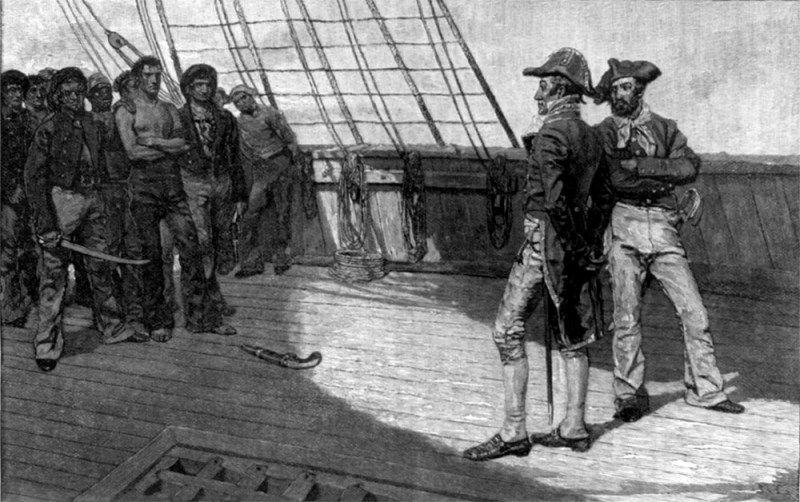
Photo: www.archives.gov 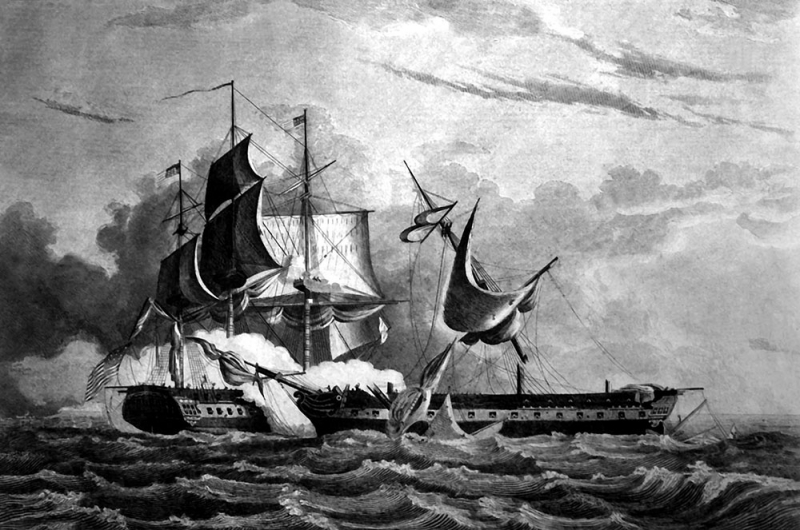
Photo: www.archives.gov -
Madison, along with many Americans, assumed capturing Canada would be an easy step in the War of 1812. In April 1812, Thomas Jefferson wrote that "The acquisition of Canada this year, as far as the neighborhood of Quebec, will be a mere matter of marching; & will give us experience for the attack of Halifax the next, & the final expulsion of England from the American continent." Secretary of War William Eustis concurred, saying "We can take [Canada] without soldiers". The plan they had was to invade Canada in three waves, striking the country from Detroit, the Niagara border, and Lake Champlain.
However, the situation Americans found in Canada was not what was expected. Instead of being greeted with open arms, American troops met strong resistance from the locals, a hodgepodge of French-Canadians, Native Americans, and British loyalists who would fled the U.S. after the Revolutionary War. Canadians were especially appalled by the invasion and burning of York (present-day Toronto) on April 27, 1813, as well as the burning of Newark (now Niagara-on-the-Lake) in December. The 7,000 American soldiers involved in the invasion were untrained, poorly led, and self-serving. The invasion was a complete failure. Within only a few months, the British pushed the Americans back and took all of what was then the Michigan territory. Resistance to the American military became a nation-defining cause for Canada's people, who celebrate the War of 1812 to this day.
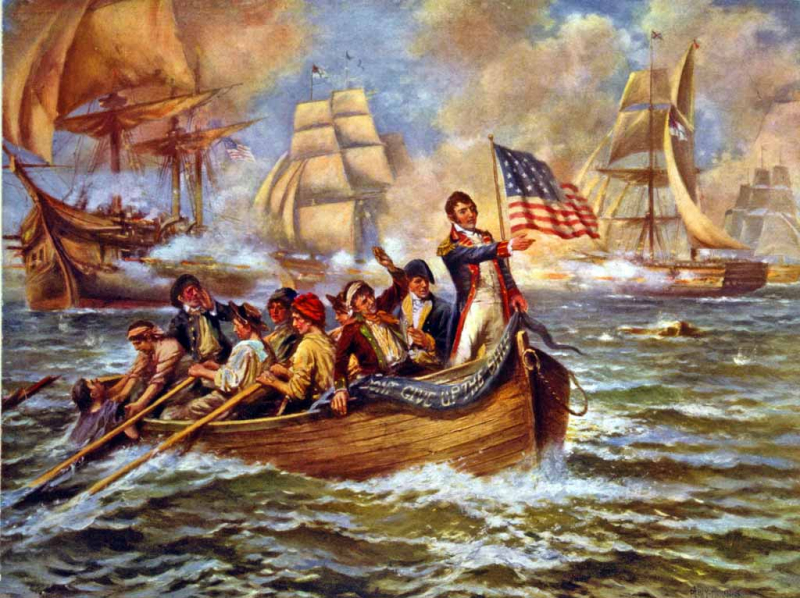
Photo: www.defensemedianetwork.com 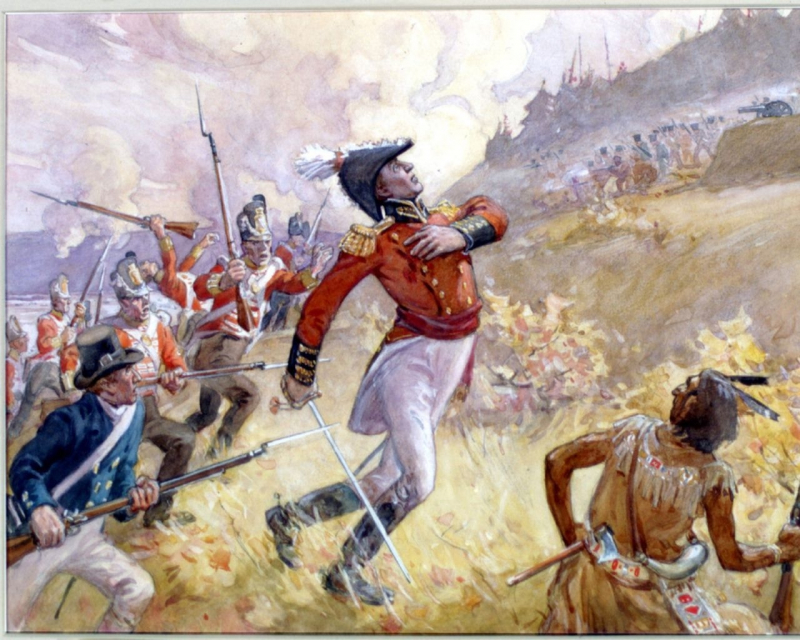
Photo: The Toronto Star -
"The Star-Spangled Banner" is the national anthem of the United State, and also one of the most famous national anthems in the world. But not many people know about the interesting history behind the patriotic song. The anthem's history began the morning of September 14, 1814, when an attorney and amateur poet named Francis Scott Key watched U.S. soldiers—who were under bombardment from British naval forces during the War of 1812—raise a large American flag over Fort McHenry in Baltimore, Maryland.
While negotiating the exchange of prisoners, Francis Scott Key was held on a British ship for the entirety of the Battle of Baltimore. From his place on the ship, he could see the American Fort McHenry, which became the center of the British’s attacks. Key nervously watched hoping to see the American flag flying at the end of the bombardment, signifying that American troops still held the fort. When the attack concluded, the sight of the large American flag flying above the fort inspired Key, and on the back of a letter, he composed the first draft of a poem titled “Defence of Fort M’Henry.”
The poem was later set to music by John Stafford Smith. This patriotic song that was inspired by the war of 1812 was adopted by Congress as the U.S. national anthem in 1931.
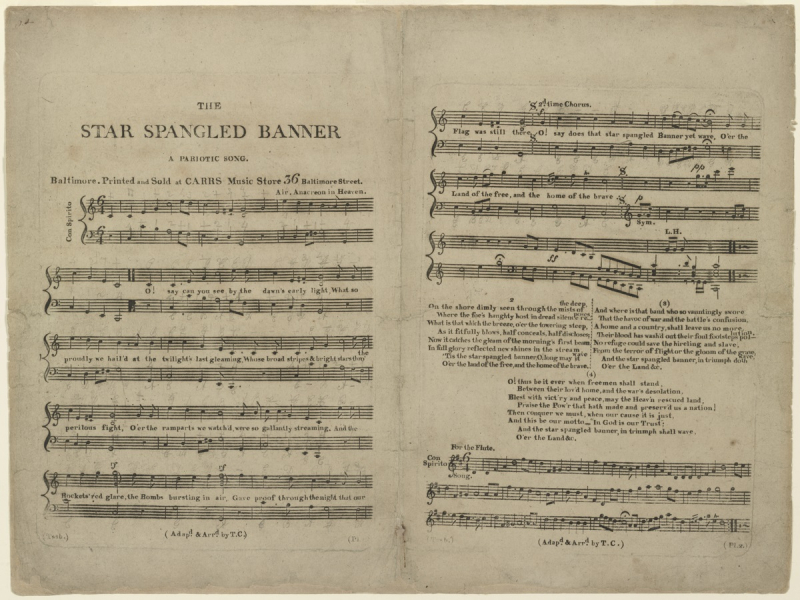
Photo: Wikipedia Video: Free School -
Many prominent leaders in the War of 1812 later became prominent Americans. William Henry Harrison, the famous hero of Tippecanoe in 1811, gained more fame from the war, leading successful campaigns against the British and Native Americans in the Northwest. The Whigs used his reputation as a rugged general and frontiersman, despite actually being from the elite Virginia aristocracy, to secure a presidential bid in 184.
General Winfield Scott would first gain military experience in the War of 1812, fighting in the Niagara frontier. After experiencing the ill-trained citizen militias of the war, he worked to establish a permanently trained American army. In 1821 Scott wrote General Regulations for the Army, the first American set of systematic military bylaws. He later commanded the campaign to take Mexico City during the Mexican American War, along with designing the Anaconda plan for the Civil War.
And the American who gained the most fame from the war was Andrew Jackson. Jackson served as a major general of the Tennessee militia during the War of 1812, first fighting in the Creek War. After accepting the Creek surrender in 1814, he was given command of New Orleans and promoted to General. Especially after the victory at the Battle of New Orleans, Jackson was made a national hero; he became known as the savior of New Orleans. His national recognition and military record helped him win the contested presidential election of 1828.
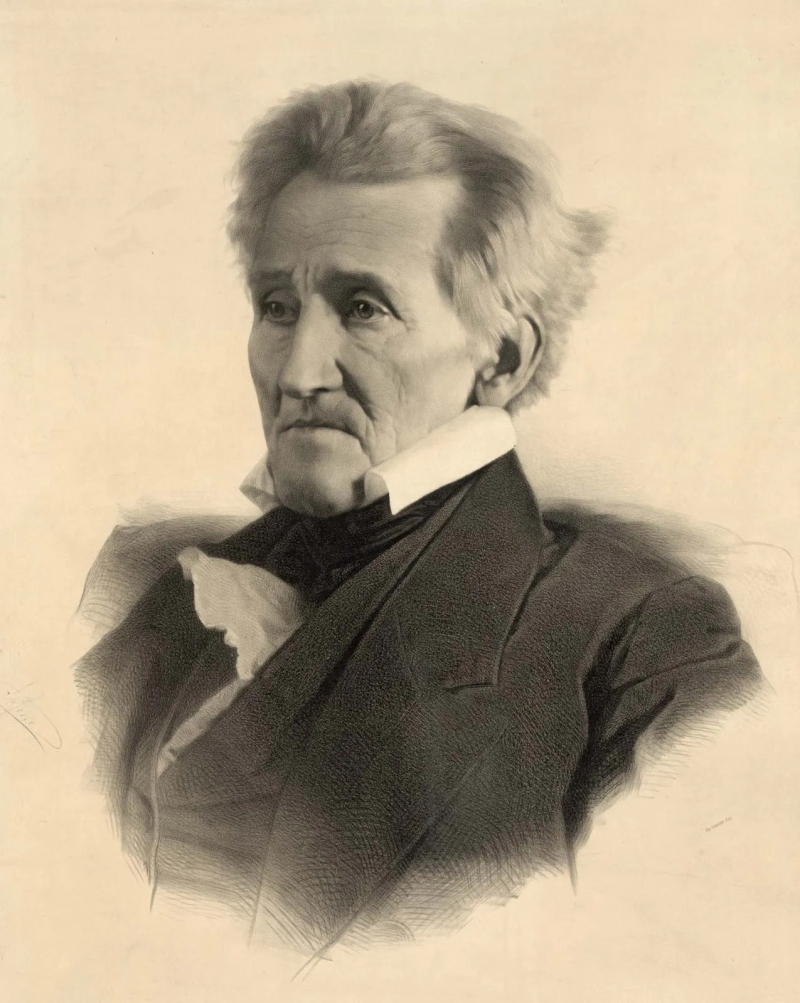
Photo: www.britannica.com 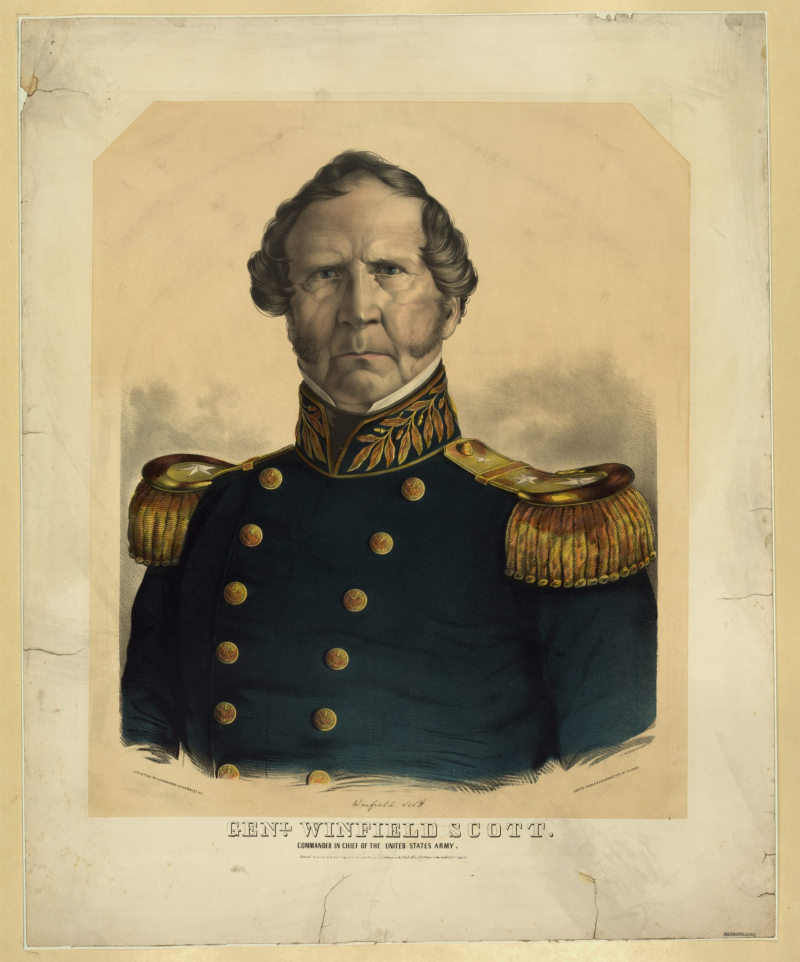
Photo: encyclopediavirginia.org -
Tecumseh (1768 – 1813) was a Shawnee chief and warrior who promoted resistance to the expansion of the United States onto Native American lands. A persuasive orator, Tecumseh traveled widely, forming a Native American confederacy and promoting intertribal unity.
Tecumseh lost his father in Lord Dunmore's War. Seven months before the U.S. Congress declared war on Great Britain, Tecumseh's confederacy fought future president William Henry Harrison at the Battle of Tippecanoe in what's now northern Indiana (though Tecumseh himself wasn't there). After the battle, Tecumseh's confederacy forged on. In a politically expedient move, Tecumseh allied himself with the British once the War of 1812 broke out. Native American forces helped Great Britain take Detroit and repel American invaders from Queenston, Ontario. They also facilitated the capture of over 300 U.S. soldiers at the Battle of Beaver Dams. But after Tecumseh was mortally wounded at the Battle of Thames (1813), his confederacy unraveled.
Tecumseh was widely admired in his lifetime, even by Americans who had fought against him. His primary American foe, William Henry Harrison, described Tecumseh as "one of those uncommon geniuses, which spring up occasionally to produce revolutions and overturn the established order of things." Even though his efforts to unite Native Americans ended with his death in the War of 1812, he became an iconic folk hero in American, Indigenous, and Canadian popular history.
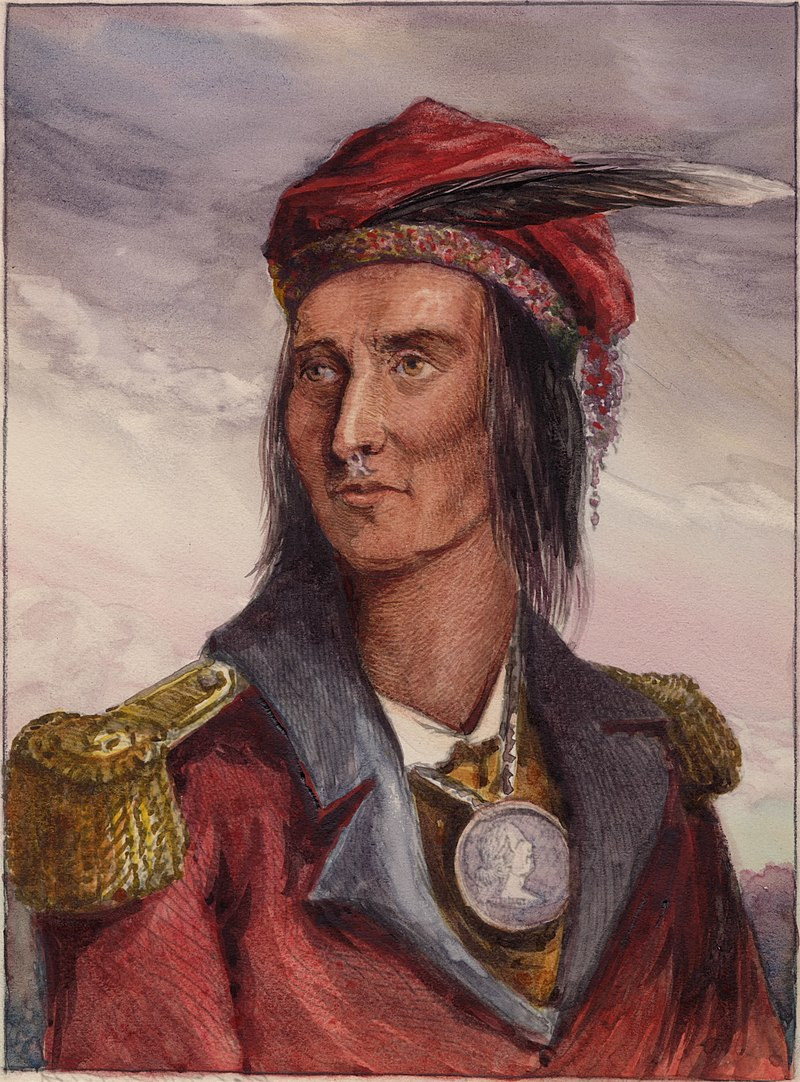
Photo: Wikipedia 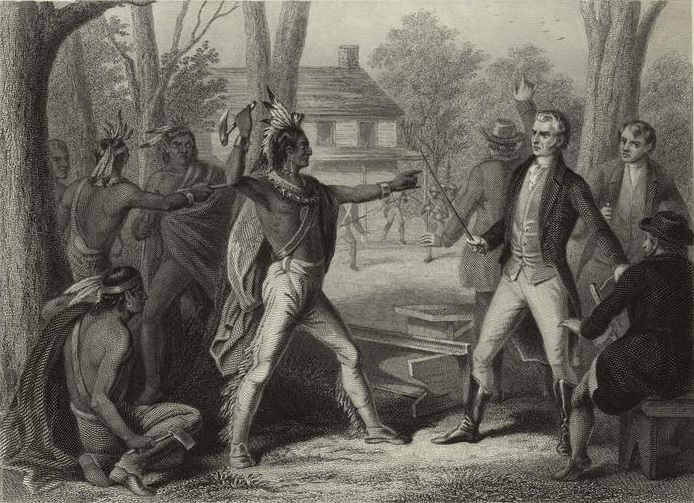
Photo: Wikipedia -
British General Robert Ross and Admiral Alexander Cochrane arrived in Maryland on August 19, 1814 with 4500 veterans fresh from the Napoleonic campaigns. On the 24th, having muscled past 5500 U.S. militiamen, they made it to Washington, D.C. After the Battle of Bladensburg, British General Robert Ross captured the nation’s capital and burned down essential centers of American government. Specifically targeting the Executive Mansion (the White House) and the Capitol Building, which contained the Library of Congress along with the chambers used by the Supreme Court, the Senate, and the House of Representatives. British soldiers truly set the city ablaze. The fires were put out by a massive thunderstorm less than a day later. The British held D.C. for only 26 hours; however, it is the only time a foreign enemy has captured Washington D.C.
The only government building the Brits didn't put to the torch was the U.S. Patent Office. Dr. William Thornton, Superintendent of Patents at the time, had hundreds of important documents rushed out of the city prior to the attack. Then, when the British came, he (allegedly) persuaded them not to immolate the Patent Office. Tradition has it that Thornton put himself in front of a cannon aimed at his building and shouted "Are you Englishmen or Goths and Vandals? This is the Patent Office, the depository of ingenuity of the American Nation in which the whole world is interested. Would you destroy it?" The British backed off. This event added to the iconicness of the War of 1812.
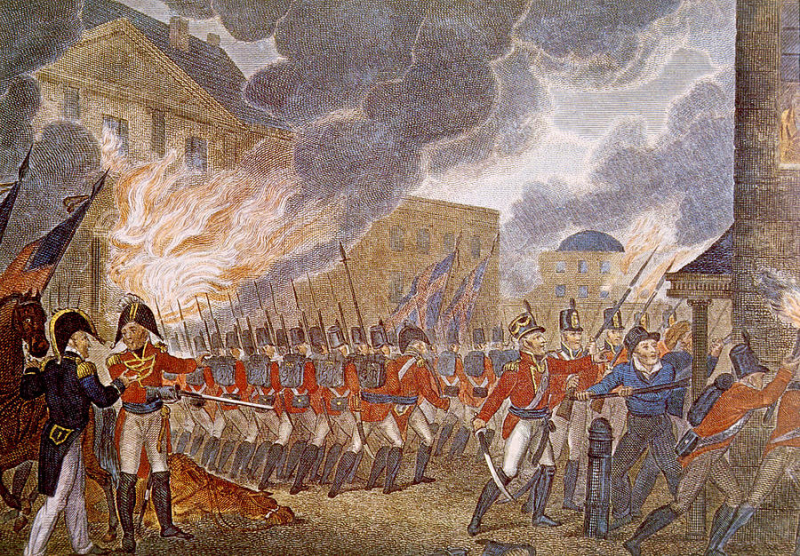
Photo: Wikipedia Video: CBS Sunday Morning -
Many escaped slaves join the war, voluntarily or not, and fought on both sides of the War of 1812. Especially after The Emancipation Proclamation - enslaved men, now as a free man can join and serve in the army. Some, like Charles Ball, who escaped bondage, declared himself a free man, and became a member of the American Chesapeake Flotilla before fighting in the Battle of Bladensburg. He chose to join the U.S. ranks. Andrew Jackson later commanded almost 900 black troops, a group that consisted of both slaves and free men, at the Battle of New Orleans.
On the other side, the British rallied far more ex-slaves to their cause than the Americans. In 1814, Cochrane issued a proclamation stating that "all those who may be disposed to emigrate from the United States … with their families" could join the British military or become "free settlers to the British possessions in North America or the West Indies." Over 4000 former slaves took him up on that offer. Around 600 emancipated black people served in the British Colonial Marines, taking part in the Burning of Washington and the Battle of Baltimore. Once the War of 1812 ended, thousands of African Americans who'd fled to Great Britain's military were given land in places like Nova Scotia or Trinidad.
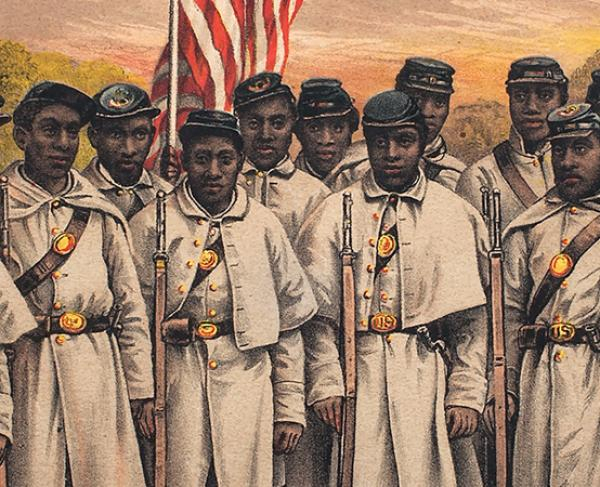
Photo: www.battlefields.org 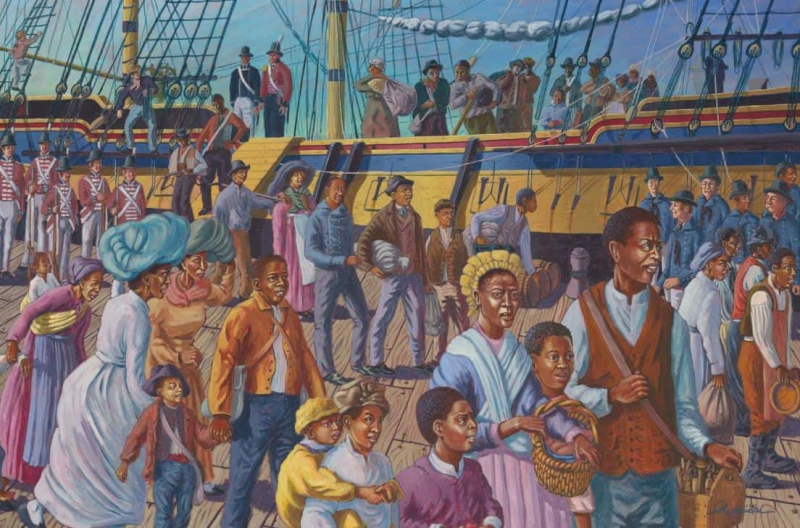
Photo: http://peacehistory-usfp.org/ -
The Treaty of Ghent was signed on December 24, 1814, although not officially ratified until February 17, 1815, officially ending the War of 1812. Despite Britain making clear gains during the war, many within the British government and military argued for a peace treaty without demands for territory. The Americans similarly wanted a conclusion to the war, as the conflict had placed America in massive amounts of foreign debt. Both sides agreed to an essential agreement, restoring borders to how they were before the war. While America did not secure its maritime rights, after the British war with Napoleon concluded, the Royal Navy did not require the sheer amount of human resources they did during the War of 1812, and the practice of impressment came to an unofficial end.
However, very soon after the, The Treaty of Ghent was signed, a new battle occurred. That would be the Battle of New Orleans, which occurred on January 8, 1815, and launched the political career of future president Andrew Jackson. Though he was outnumbered (and struggling with dysentery), the Major General notched a victory for the United States when he met and defeated 8000 British troops with his 5700-man force of Gulf Coast pirates, Choctaw warriors, free blacks, and American militiamen. When Jackson ran for president in 1824 and 1828, his supporters made sure to emphasize his achievements by playing "The Hunters of Kentucky," a popular folk song about the militiamen at the Battle of New Orleans at Jackson's campaign events.
Video: WNEDTheWarof1812 
Photo: www.history.navy.mil -
The War of 1812 has been called “America’s Forgotten War.” It is studied much less than the American Revolution or the Civil War, as a result, many of its battlefields are ignored for development. In 2007 the National Parks Service identified 214 battlefields and other important sites of the War of 1812. However, development has placed these sites in danger, the National Parks service identified that 50% are destroyed or fragmented and 25% of these sites would be destroyed in the next decade.
One of the most known battlefields from the War of 1812 these days is Châteauguay. The quiet fields in the distance are along the Châteauguay River approximately where Lieutenant-Colonel Charles-Michel de Salaberry in October 1813 gathered a force of 1,600 to face an army of more than 2,600 led by Major-General Wade Hampton who was bent on capturing Montreal and isolating the British forces in Upper Canada. De Salaberry’s force, consisting of the French-speaking Canadian Voltigeurs along with some British regular forces, local militia, and Mohawks, drove Hampton’s force into retreat. The Americans retreated across the fields in disarray. The enemy suffered approximately 75 killed, wounded, or missing while the British lost fewer than 20 men. The Battle of Châteauguay saved the city of Montreal and de Salaberry became a Canadian folk hero as early accounts greatly embellished the size of the American forces he and his small group of Voltigeurs had faced.
You can still revisit this place in Montreal, Canada which was once a fierce battlefield in the War of 1812.
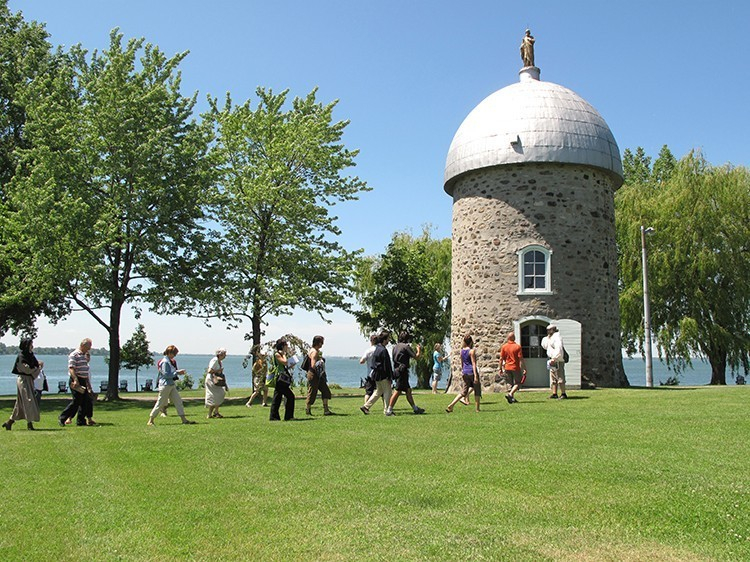
Photo: www.tourisme-monteregie.qc.ca Video: Montreal Gazette














